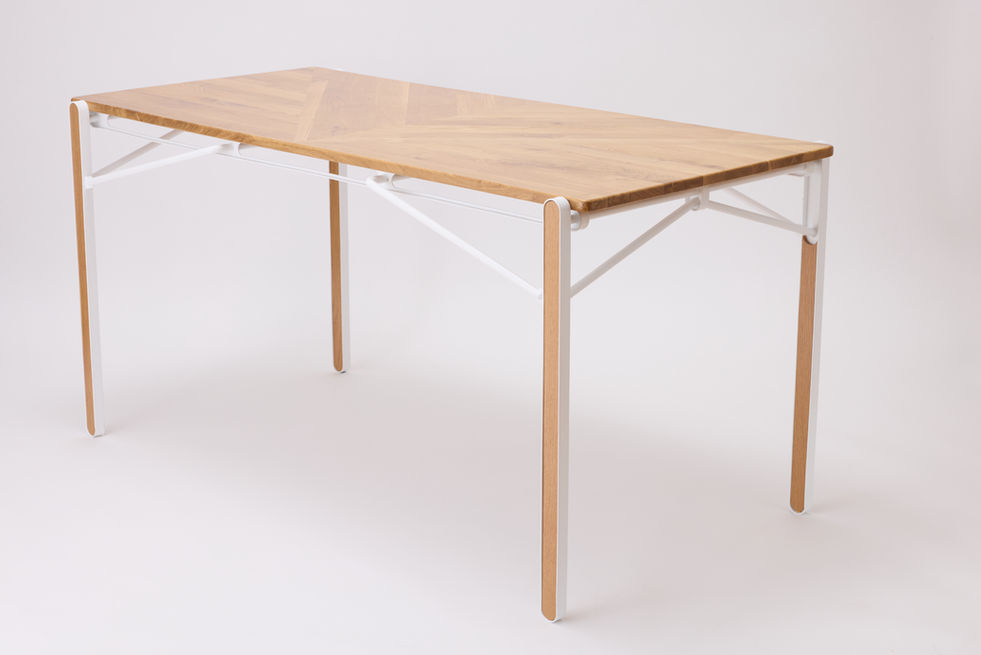top of page

Furniture
Architecture is not meant to be monolithic; in fact it is quite meticulous in scope. To appreciate its overall craft, one must consider its three “identities.” This includes its use, design, and construction. While difficult to construct fully that requires some arduous labor, its overall beauty conceals itself to “control” its identity. This lends itself nicely from technical and operational aspects, which are often hidden for a layman or visitor.
By contrast, designing furniture does not to conceal itself like, as explained, with the rubrics of architecture. Instead, it is exposed by each angle that requires a “process of improvement” and deep precision. Thus, furniture design can be portrayed as still a great challenge — even on a small scale.
My work as an architect and furniture designer requires an amalgam of these aforementioned details. Above all else, it consists of a series of objects called "A,” which is just a metal sheet with a wooden panel penetrating between its two sides. Despite the differences in use and scale, a clear repetition and distinct language are still required.
My aim as a fully-realized architect and furniture designer implements a host of wood and metal parts creating its complexity. This achievement in beauty, however, still uses but a finite amount of precise instruments.
Sheep table
Metal cylinder & wood
A stool
Bent metal & wood
Ok chair
Bent metal
Zebra chair
Wood
Truss table
Metal structure & wood
Bull bench
Bent metal & wood
A shelf
Bent metal & wood
A library
Bent metal & wood
A bench
Bent metal & wood
A mezuzah
Bent metal & wood
Childhood Fright
Plywood
A light
Bent metal & wood
Shutter light
Bent metal
Industry light
Bent metal
A sleeping light
Bent metal & wood
Together hanger
Bent metal
Piano hanger
Mdf, Plywood & metal profile
Tnuva stool
Metal segments & wood
bottom of page






































































